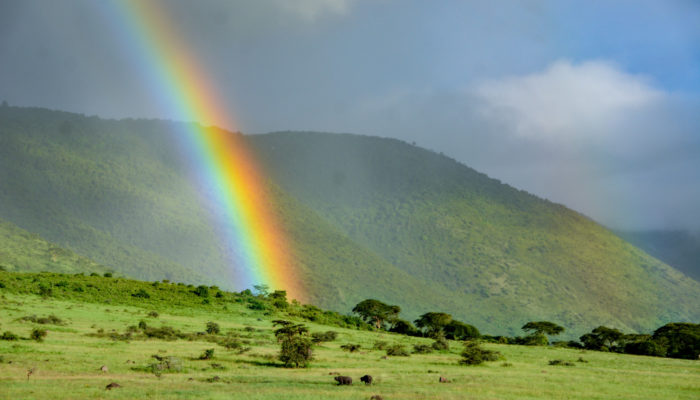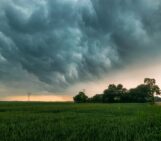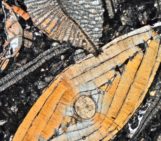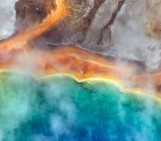
A double rainbow beams into the Ngorongoro Crater after rainfall as a couple of African buffalos graze within this UNESCO World Heritage Site. The largest intact caldera in the world, it extends 20 kilometres in diameter and is home to the Big 5 (lion, leopard, rhino, elephant, and African buffalo) – a true pot of gold.
Photo and caption by Jack Park, shared on imaggeo.egu.eu.
Imaggeo is the EGU’s online open access geosciences image repository. All geoscientists (and others) can submit their photographs and videos to this repository and, since it is open access, these images can be used for free by scientists for their presentations or publications, by educators and the general public, and some images can even be used freely for commercial purposes. Photographers also retain full rights of use, as Imaggeo images are licensed and distributed by the EGU under a Creative Commons licence. Submit your photos at http://imaggeo.egu.eu/upload/.




